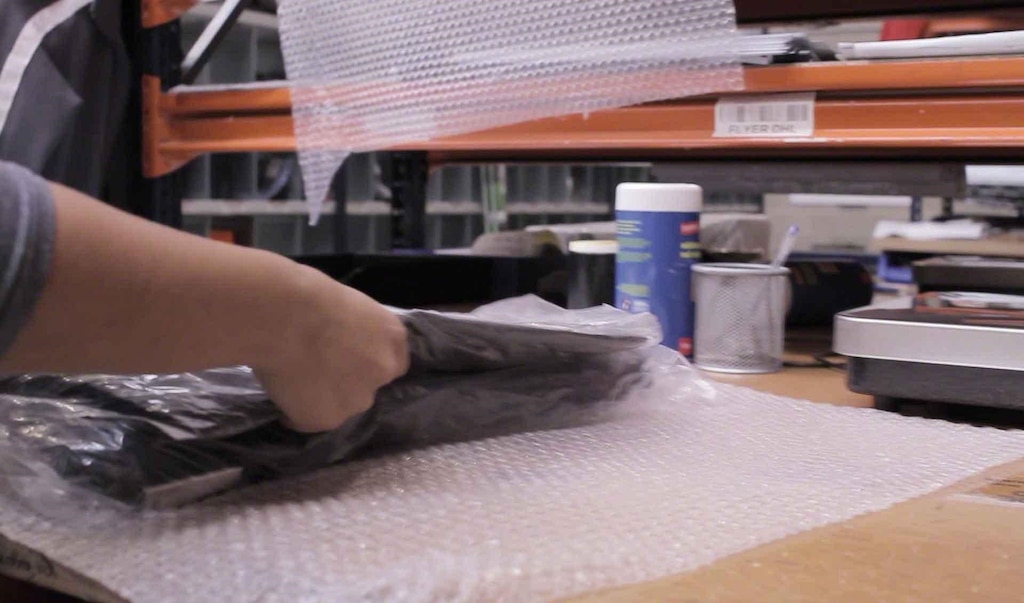You’ve worked out all the details of your business strategy, have evaluated the competition and are preparing to move full steam ahead with your e-commerce order fulfilment processes. But are you sure you’ve considered all of the essential factors that can impact whether your business is a complete success or if it will sink with other competitors who weren’t fully prepared to tackle the extreme pressures of the modern-day e-commerce universe?
Trends of e-commerce order fulfilment processes
How can you be sure that you’re really ready to provide excellent service to demanding online shoppers? The first step is to verify that you have a firm grasp of the most common challenges logistics experts are faced with when it comes to the implementation and maintenance of successful e-commerce order fulfilment processes.

Common logistical needs and trends of e-commerce distribution centres:
- Maintain reliable real-time inventory and stock level accuracy.
- Increasing demand of same day delivery.
- Optimisation of storage capacity and slotting.
- Minimisation of operators’ movements for the preparation of orders.
- Operational insight, order accuracy and the elimination of errors.
- Unpredictable changes in customer preferences and competition.
- Be able to modify and adapt slotting organisation when faced with sudden boosts in sales due to seasonal and promotional peaks.
- Efficient movement of inventory within the facility (For example, between storage racks, sorting zones and consolidation areas).
- Processing of returns and the costs involved.
Solutions and recommendations for e-commerce order fulfilment processes
More and more distribution centre managers are realising that some traditional methods are no longer adequate and that the incorporation of improvements is essential if they want to keep up in this constantly evolving sector. Here are seven practices for you to consider in order to improve your e-commerce order fulfilment processes.
- Operators often walk aisles with hand carts and manually perform picking directly from shelves while following an order grouping system which permits them to prepare several orders during the same trip.
- Inventory is replenished during off-peak hours when there are fewer orders being prepared.
- Conveyor circuits efficiently optimise the transportation of products between different areas during order preparation processes and lessen the movement of operators. Motoblouz.com, a leading e-commerce business with over 60,000 items in stock, integrated advanced conveyor systems to optimize the movement of products between the four levels of their 2,640 m2 facility.
- Depending on the configuration of objectives, warehouse management systems (WMS) can assign optimised locations for goods based on their size and dimensions in order to increase space savings.
- WMS identifies locations of requested products and tells operators exactly where they can be found while simultaneously optimising the order of their movements.
- Implement effective order management protocols to ensure that your entire team has constant access to the status of each order so that delays in processing are avoided. You may also consider notification options to guarantee that staff is informed of important movements of goods and their actual location.
- If you have multiple storage facilities, consider transferring stock between different warehouses to prevent any location from running out of a product that may experience a sudden peak in demand.
Finding solutions to increase the speed and precision of e-commerce order fulfilment processes while ensuring streamlined movements of operators can be an overwhelming process. This is why finding a trustworthy partner can smooth the way. Would you like to know more about our experiences with e-commerce? Visit our case studies to find out how we helped other businesses like yours.
